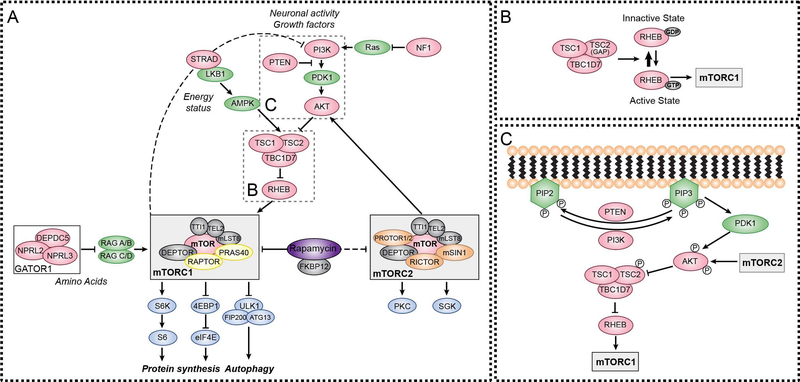Figure 1. Mutations in regulators of mTOR signaling cause mTORopathies.
(A) mTOR is a protein kinase found in two distinct multiprotein complexes, mTORC1 and mTORC2, which are composed of shared and unique protein components. Several upstream regulators collectively work to control the activity of the two complexes in response to various stimuli including growth factors and nutrients. Mutations in genes that encode for mTOR regulators (denoted in pink) result in neurodevelopmental disorders, collectively termed mTORopathies (see Table 1). Current treatments for mTORopathies include rapalogs, which are derivatives of rapamycin that suppress mTORC1 activity and indirectly inhibit mTORC2 signaling when administered chronically.
(B) The TSC complex functions as a GTPase activating protein (GAP) for the small GTPase Rheb, which is a direct activator of mTORC1.
(C) PI3K converts PIP2 into PIP3 via phosphorylation at the cell membrane. PIP3 recruits the kinase PDK1 that, along with mTORC2, phosphorylates and activates AKT. In turn, AKT phosphorylates TSC2, inhibiting the TSC1/TSC2/TBC1D7 complex, and promoting mTORC1 activity. PTEN is a phosphatase that negatively regulates mTOR signaling by dephosphorylating and converting PIP3 to PIP2.

